Introduction
High-temperature melt pressure sensors are specialized electronic devices designed to measure the pressure of molten substances under extreme temperature conditions. These sensors play a crucial role in various industrial processes where high-temperature monitoring and control are required.
By leveraging the principles of piezoresistive or piezoelectric effects, these sensors convert pressure variations into electrical signals, which can then be analyzed to ensure optimal process control and safety. This article explores the working principles, key features, industrial applications, and future developments of high-temperature melt pressure sensors.
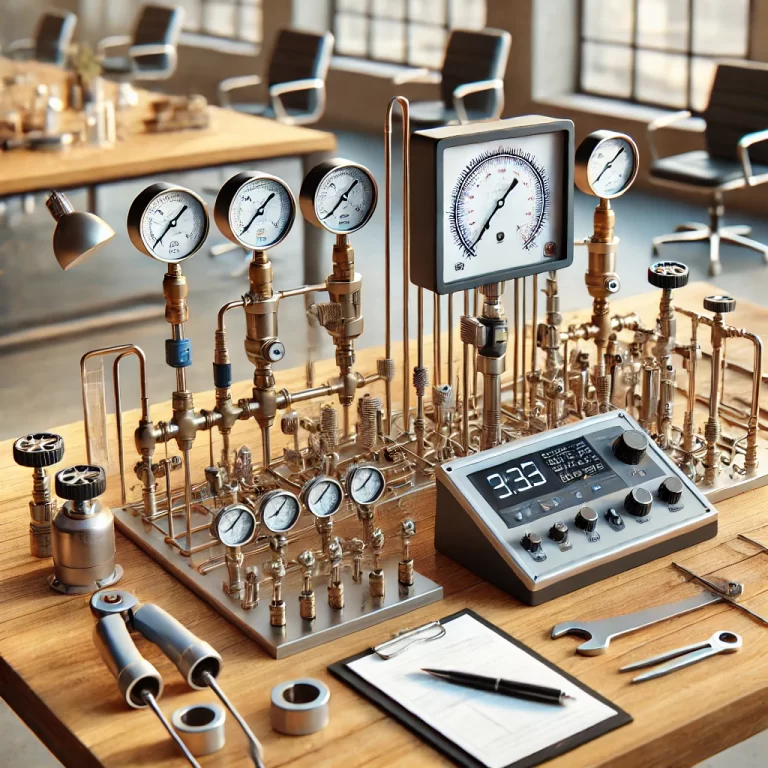
Working Principle
The operational mechanism of high-temperature melt pressure sensors is based on either the piezoresistive effect or the piezoelectric effect:
Piezoresistive effect: When the measured medium exerts pressure on the sensor’s diaphragm, it causes a slight displacement proportional to the applied pressure. This displacement alters the electrical resistance of the sensor, which is then processed to generate a corresponding electrical signal (voltage or current).
Piezoelectric effect: Some sensors use piezoelectric materials that generate an electric charge when subjected to pressure. This charge is then converted into an output signal, providing an accurate measurement of pressure changes.
These conversion principles enable real-time pressure monitoring, ensuring precision and reliability in demanding industrial environments.
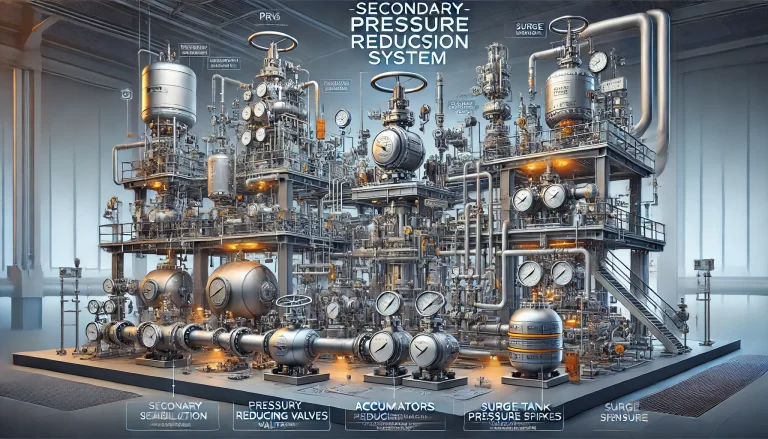
Key Features and Advantages
High-temperature melt pressure sensors offer several distinct advantages, making them essential for high-temperature process control.
1. Wide Temperature Range Adaptability
These sensors are engineered to function effectively across a broad temperature spectrum, often exceeding several hundred degrees Celsius. This makes them ideal for applications involving molten plastics, metals, glass, and high-temperature gases.
2. High Measurement Accuracy
Modern high-temperature pressure sensors offer exceptional precision, capable of detecting minute pressure changes. As industrial technology advances, the accuracy of these sensors continues to improve, ensuring compliance with increasingly stringent manufacturing and quality control standards.
3. Superior Reliability and Durability
Designed for extreme environments, these sensors exhibit remarkable resistance to high temperatures, corrosive substances, and mechanical stress. Their robust construction enables stable and prolonged operation without significant degradation in performance.
4. Integration with Smart Technologies
With the rise of Industry 4.0, the integration of high-temperature melt pressure sensors with IoT (Internet of Things), big data analytics, and AI-driven predictive maintenance is becoming increasingly common. These advancements allow for remote monitoring, automated diagnostics, and enhanced process optimization.
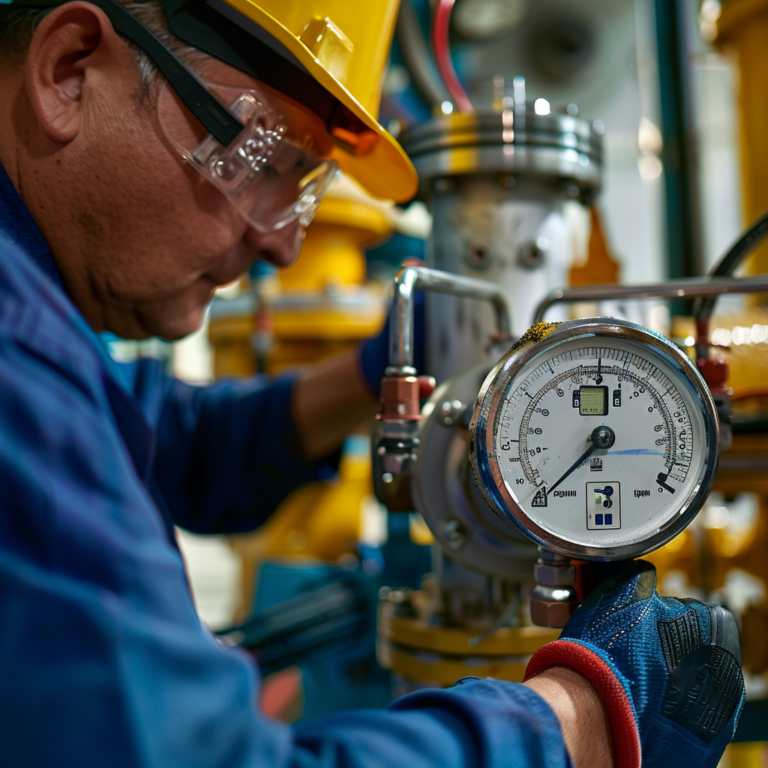
Industrial Applications
Due to their ability to withstand high temperatures and harsh conditions, high-temperature melt pressure sensors are widely used across multiple industries. Some of the most significant applications include:
1. Metallurgical Industry
In metal production and refining, high-temperature melt pressure sensors are used to monitor pressure variations in blast furnaces, converters, and casting processes. Accurate pressure data helps maintain process stability, ensuring product quality and operational safety.
2. Petrochemical and Chemical Processing
The chemical industry relies on high-temperature sensors to measure pressure in high-pressure reactors, pipelines, and distillation columns. These measurements are critical for controlling chemical reactions and ensuring plant safety.
3. Polymer and Plastic Extrusion Industry
In polymer processing and plastic extrusion, these sensors provide real-time pressure monitoring in extruders and molding machines. This helps optimize the production of plastic films, sheets, and fibers by ensuring uniform material flow and preventing defects.
4. Glass and Ceramic Manufacturing
In glass furnaces and ceramic kilns, temperature and pressure fluctuations must be precisely controlled to ensure high-quality output. High-temperature melt pressure sensors contribute to process stability by detecting variations that could lead to defects.
5. Aerospace and Nuclear Power
These sensors are employed in high-risk sectors such as aerospace and nuclear power plants, where monitoring pressure under extreme temperatures is crucial. In aerospace applications, they help optimize fuel combustion efficiency, while in nuclear reactors, they contribute to reactor safety and stability.
6. Renewable Energy and Advanced Materials
With the rapid expansion of the renewable energy sector, high-temperature melt pressure sensors are finding new applications in areas such as solar power plants and energy storage systems. For instance, in solar thermal power generation, these sensors monitor molten salt storage tanks to ensure efficient heat transfer. Additionally, in electric vehicle (EV) battery technology, they help regulate the internal pressure of high-temperature battery systems, enhancing safety and performance.
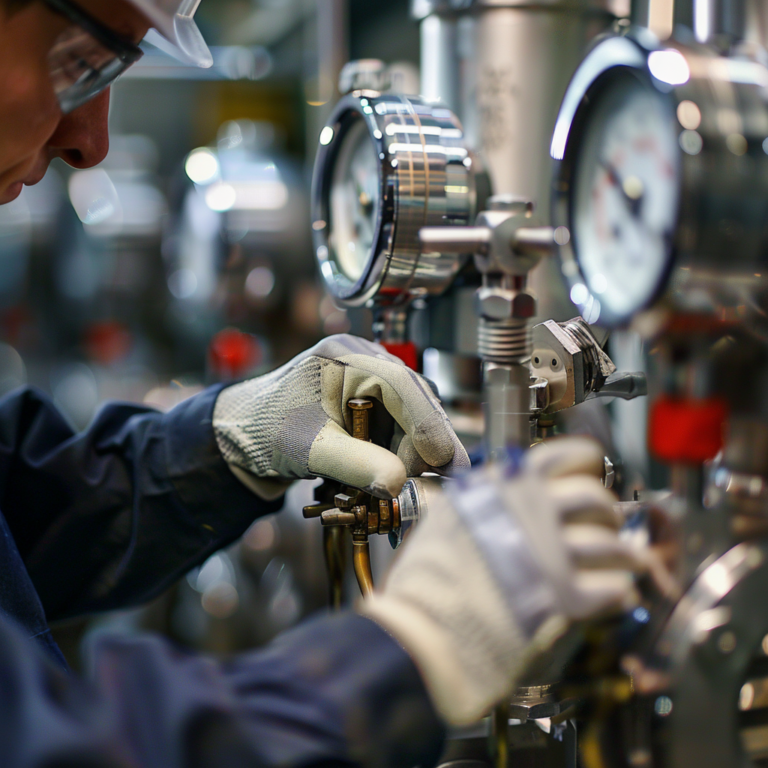
Future Trends and Developments
As technology continues to evolve, high-temperature melt pressure sensors are expected to undergo significant improvements:
Enhanced Material Innovations: The development of advanced materials with superior heat and corrosion resistance will further improve sensor longevity and performance.
Increased Integration with AI and IoT: The incorporation of artificial intelligence and real-time data analytics will enable predictive maintenance, reducing downtime and operational costs.
Higher Miniaturization and Customization: Future sensors will likely become more compact and tailored to specific industrial needs, enhancing their adaptability and efficiency.
Energy-Efficient and Wireless Solutions: With the growing emphasis on energy efficiency, wireless and battery-free pressure sensors are expected to become more prevalent, allowing for easier deployment in remote or hard-to-access areas.
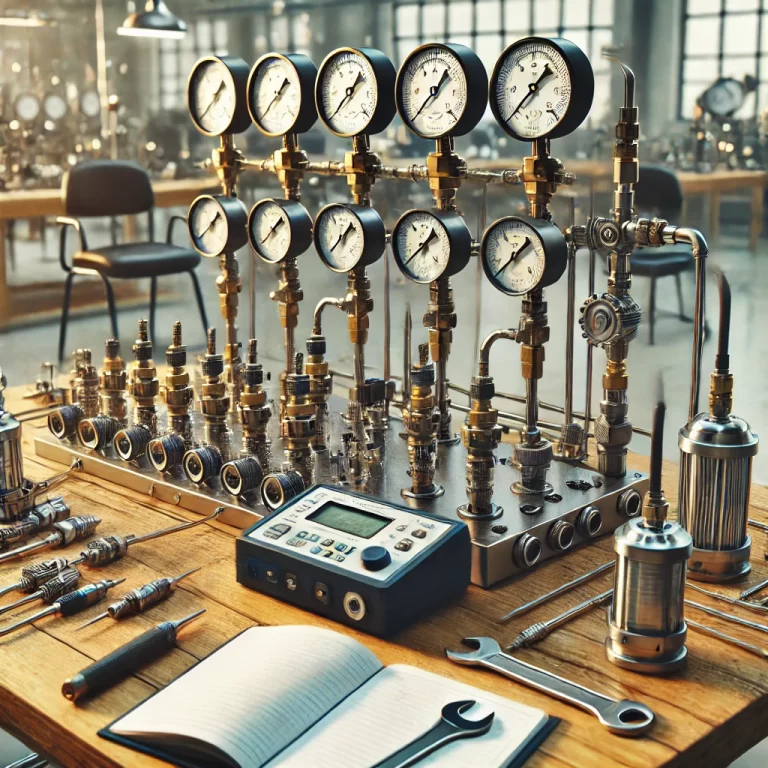
Conclusion
High-temperature melt pressure sensors are indispensable tools in modern industrial manufacturing, playing a vital role in process control, safety, and efficiency. Their continued evolution, driven by advancements in materials, digitalization, and smart monitoring technologies, will further expand their applications and enhance their performance. As industries increasingly prioritize automation and intelligent monitoring, these sensors will remain at the forefront of high-temperature process management, ensuring operational excellence and technological progress.
